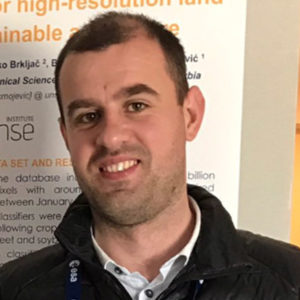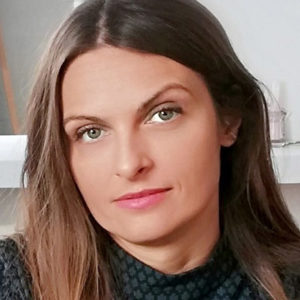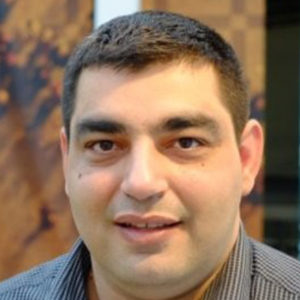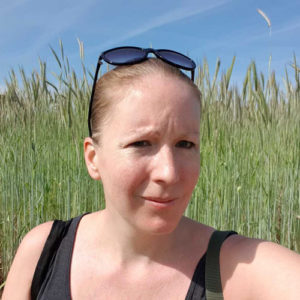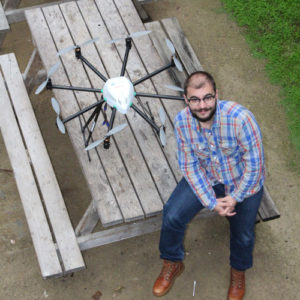
05 Feb Precision Agriculture
Aristotelis C. Tagarakis
Senior Scientist, BioSense Institute
Traditional farming
According to traditional farming, the fields are treated homogenously by applying a flat rate of agrochemicals to the whole field. However, most fields show significant spatial variability, which creates different demands at each location. Therefore, applying a fixed rate per field leads to over-application in the areas that demand less, increasing the cost of application and the environmental impact, and under-application in the areas where the demands are higher, leading to yield loss and a possible decrease in quality.
Precision Farming
During the last decades, a new farming approach appeared called Precision Agriculture (PA). According to this management approach, the fields are treated applying variable rates of inputs (irrigation water, fertilizers, pesticides, etc.) according to the actual needs of each location in the field (Figure 1). This way, the efficiency of applications is increased, optimizing the yield and quality, and minimizing the impact on the environment.

The basic concepts of PA were applied by many traditional farmers in the past who were closely connected to their fields and could manually perform corrective applications variably using visual inspections while walking across the field. However, this is only feasible for small fields that are family operated, since it is an extremely time and labor demanding practice. In modern agriculture, mechanization and sensors are continuously being developed, making precision farming applications highly automated and available to more and more farmers. High accuracy GPS has been among the most popular systems for auto steering and for precise mapping of field properties, combined with a range of sensors, such as the soil electrical conductivity probe shown in Figure 2.
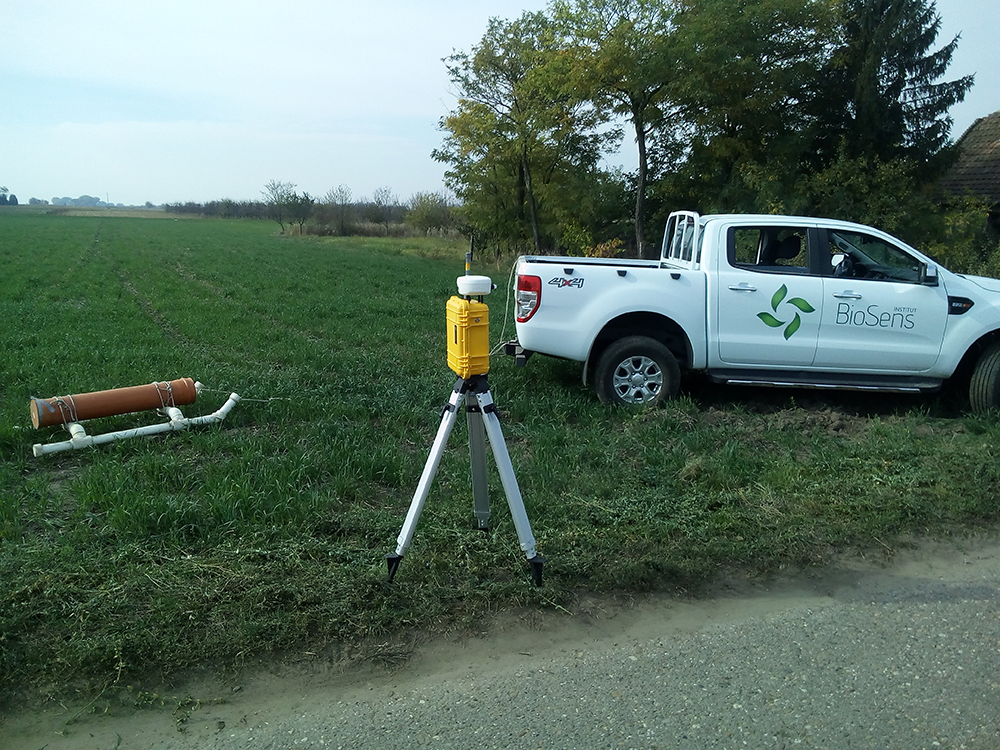
The cost of the equipment and the complexity of use are still the main drawbacks in the adoption of these technologies. Because of this, BioSense Institute aims to develop low cost and easy to use precision farming solutions that can be applied anywhere, regardless of size, the type, and age of agricultural machinery used by the farmers, and employ IT as an important tool to drive small farms towards sustainability. A big step towards this is the free web-based and Android-based digital platform named AgroSense, that was developed to support farmers in decision making and field management. It was released on October 2017, and it already has over 10.000 users (Figure 3).

In addition, the efforts of BioSense Institute are also focused on the development of low-cost sensors, applications, and solutions, such as the “Plant-O-Meter” crop sensor, which can detect the status of the crops with a simple scan over the canopy (Figure 4).
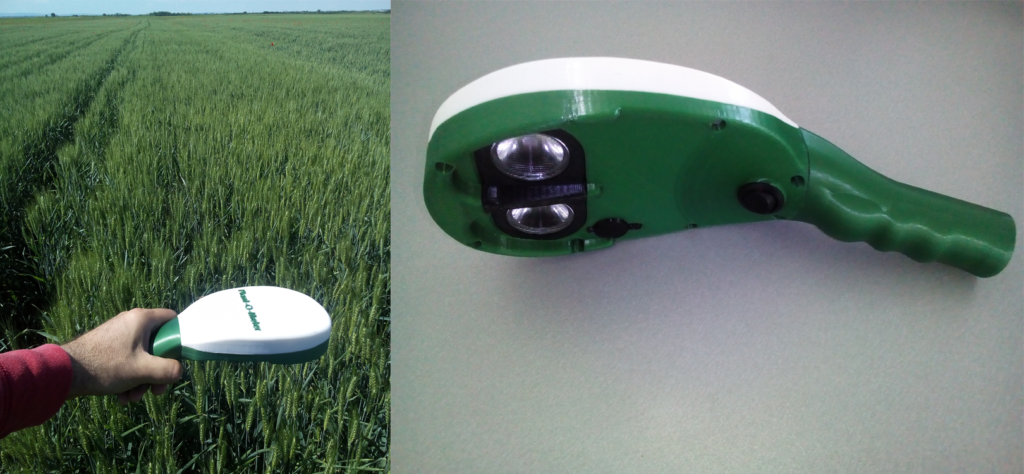
With the new applications developed by BioSense, all farmers, even small farm holders, can benefit from the diffusion of IT into agriculture, making precision farming widely accepted in the years to come.


